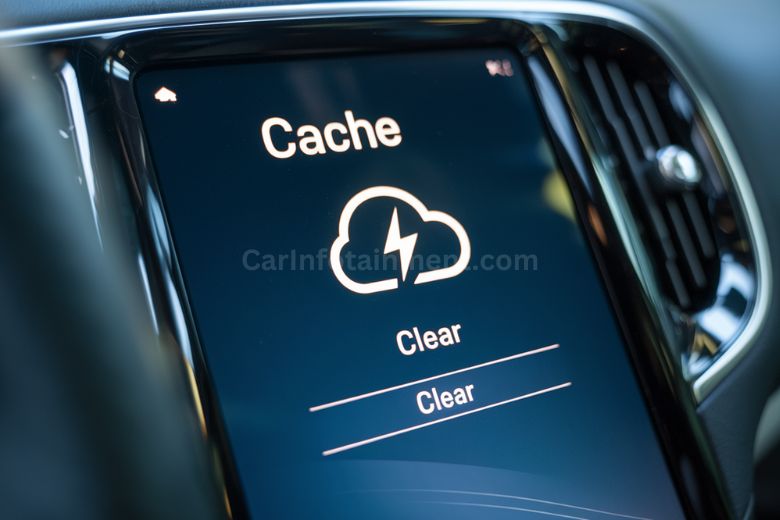Physical Address
304 North Cardinal St.
Dorchester Center, MA 02124
Physical Address
304 North Cardinal St.
Dorchester Center, MA 02124

Clearing the cache on Android Auto is an easy and effective way to boost performance. This guide will walk through the step-by-step process to clear cache across Samsung, Google Pixel, and other Android devices. Follow along to resolve lag, crashing, Bluetooth issues, and connectivity problems.
Goal: Improve Android Auto functionality by clearing app cache without deleting personal data or preferences.
| Benefits | Risks | Frequency |
| Faster load times | None, no data loss | When issues arise |
The cache refers to temporary files stored by apps to enable quick loading and smooth operations. Over time, excessive cache accumulation can negatively impact performance causing lag, disconnections, app crashes, etc. It occupies storage without providing functionality.

Clearing the cache only removes these temporary files. It does not affect personal data or customized app settings which are stored separately. Resetting app datawould remove configurations but that is not the purpose here.
The process to clear Android Auto cache is quite straightforward but the specific paths vary across manufacturers.
On Samsung Galaxy devices, go to: Settings > Apps > Android Auto > Storage > Clear Cache
On Pixel phones, navigate to: Settings > Apps > See all apps > Android Auto > Storage & Cache > Clear Cache
While specific UI elements may differ, the overall process remains largely the same:
Settings > Apps > Android Auto > Storage/Cache > Clear Cache
Clearing the cache provides several benefits including:
Personalized settings or saved preferences are not affected in any way.
If problems persist after clearing cache, additional steps like force stopping the app, restarting your device, or clearing cache for Google Play Services may be needed. Reinstalling Android Auto itself could also resolve any deeper issues.
For advanced users, using ADB commands to wipe cache from a connected PC is an option as well when traditional methods are unsuccessful.
To reduce future cache issues proactively:
Routinely clearing cache and keeping the app updated will maintain smooth performance over time. Contact app support if problems continue despite troubleshooting.
Can cache clearing resolve Bluetooth problems?
Yes, it can help fix Bluetooth connectivity issues by improving Android Auto’s performance.
Does clearing cache free up a lot of storage?
It depends on usage history but can help recover storage occupied by temporary files.
How often should I clear the cache?
Only clear cache when actual issues emerge, not as routine maintenance.
Will I lose my custom settings after clearing cache?
No, your personalized preferences and data will remain completely intact.
In summary, regularly clearing the Android Auto cache is a quick and safe way to boost app speed and reliability. Combined with software updates and limiting background syncing, you can optimize performance for smooth driving. Reach out for further support if troubleshooting does not resolve lingering problems.